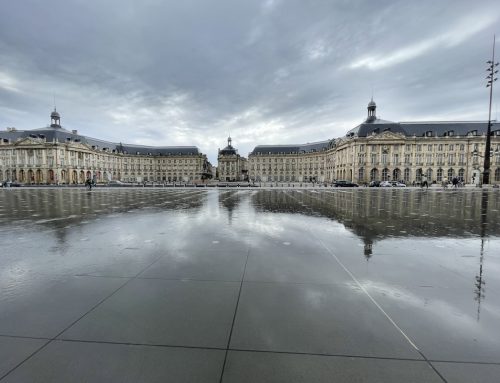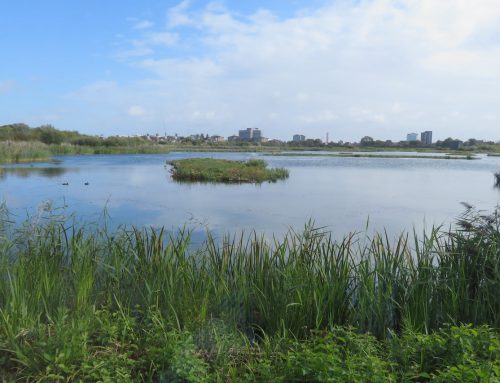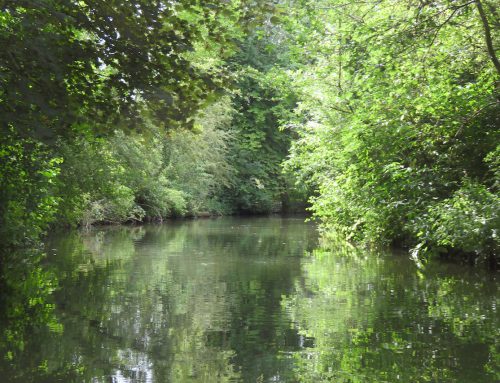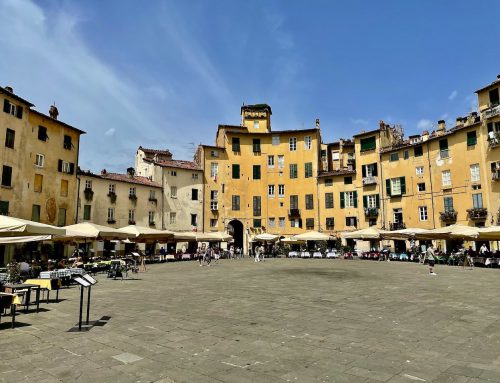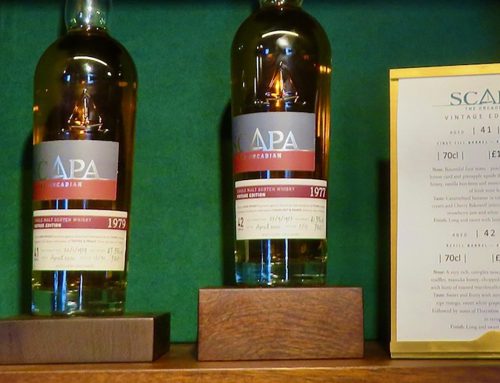A walk through time in Chagford
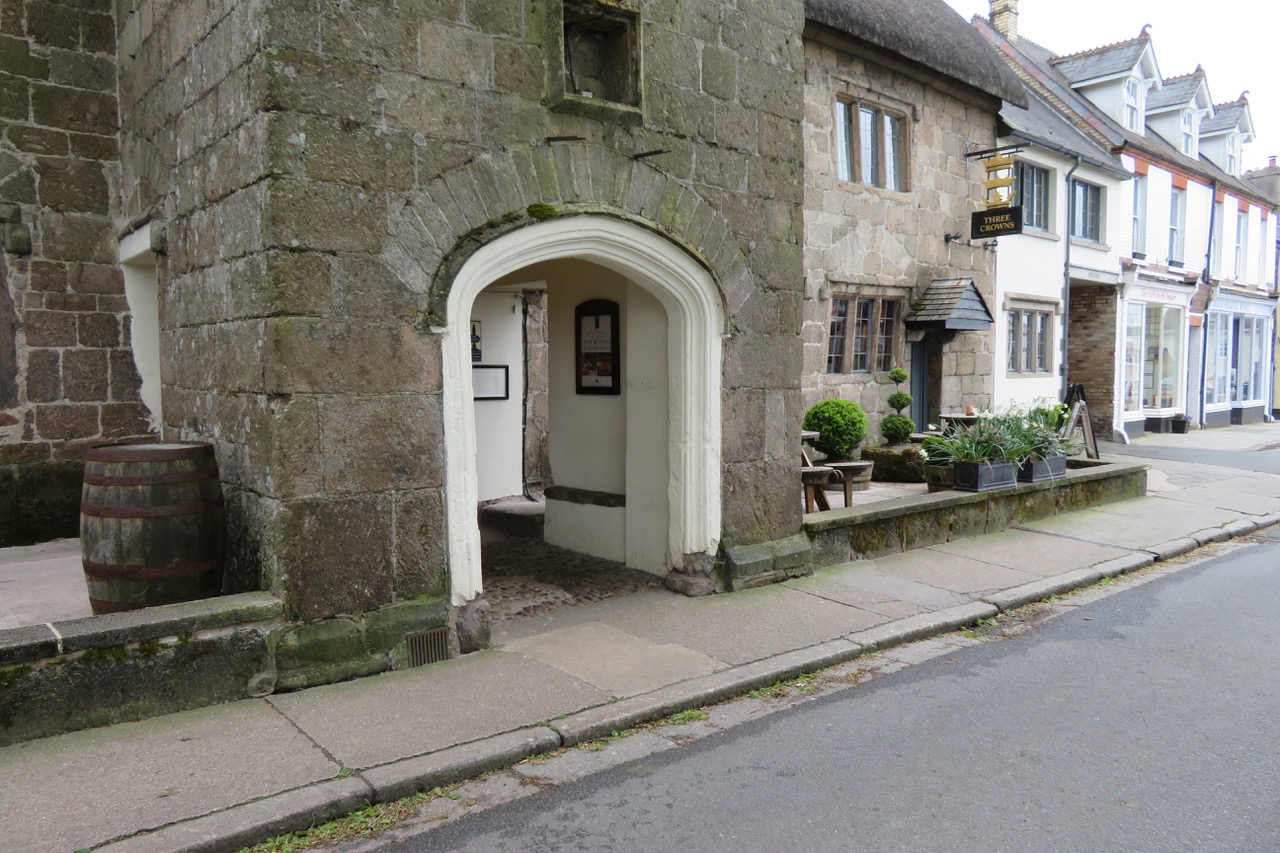
The porch of the Three Crowns Hotel where Sydney Godolphin was shot in 1643

The porch of the Three Crowns Hotel where Sydney Godolphin was shot in 1643
Chagford, Devon, United Kingdom
Let me own up from the beginning. I live in fume-filled London, maybe four hours’ drive from Devon. I am one of those a Devonian might call a grockle. Yet thanks to a lifelong friend’s suggestion, I decided to visit Chagford. It was then I began to wonder.
There is no question, Chagford is a beauty. On the face of it, life is a wow. As a premier tourist destination in Devon, horses do clip-clop through its narrow streets. Meanwhile the buildings look so old English, they could have come from Jane Austen. This market town does have something special, of that there is no doubt. Yet behind so much that is externally attractive lie worries and issues as well. Which is why I went walking, early one Sunday, to complete the Chagfordian A Walk Through Time.
This was no endurance hike, just a wander through historic streets, a process that took an hour. It would have taken less had I made immediate sense of the directions thrust into my hand by a beaming hotel receptionist. The town centre’s Three Crowns had been my choice. But the directions were a challenge, printed on a glossy A3 sheet of lime-green paper, then folded and split into eight pages, some numbered, some not, with two printed upside down. Do that in a rainstorm, which it does a lot in Devon, while trying to protect a camera. I did and confess to failing.
Glorious Chagford, despite its festivals, copious eateries, and reputation as the friendliest place on Dartmoor, has not always been a safe place to be. How about radon gas for starters, seeping through its floors? It appears this market town of barely 1500 people has more radioactivity in one of its public toilets than any other loo in the country. Radon? Forget trying to see or smell it. You cannot. It lurks invisibly inside houses, and is a decay product of uranium or thorium, radioactive materials embedded underground since Planet Earth was created. Chagford has levels of radon five times greater than the Government advises.
As I strolled through the streets of Chagford, clutching my lime-green directions, while trying not to breathe, I was not surprised to find so many graves in the well-tended cemetery of St Michael’s Church. Radon perhaps? I have no idea, especially as St Michael was an aggressive saint who once led the Army of God. Enter another hazard of living in Chagford. It appears you might be shot.
Rewind to the 11th October 1641, when Chagford was tiny, and young Mary Whiddon chose St Michael’s for her wedding. Ceremony over, thanks to the vicar of that time, the newly-weds processed from the church, with Mary looking something special. That did not last long. With a puff of smoke and a resounding pistol-crack, blood spread rapidly across Mary’s chest. She was dead within moments, murdered by the lover she had jilted for her husband. To this day no one knows if the murderer was aiming for Mary or her spouse. She reappeared as a ghost in 1971, the night before a local wedding, but no one thought to ask if she had been the intended target.
Eighteen months after Mary’s murder, the same happened again, although this time it was a Cornishman, Sydney Godolphin. He was a poet, not a soldier, yet somehow had become a Cavalier during the English Civil War. Cavaliers were the Royalists and supported the monarchy. Roundheads were the Parliamentarians and did not. There was a shoot-out between the two sides in the front porch of the Three Crowns and Sydney was hit in the leg. He bled to death and now haunts the hotel in full Cavalier uniform, passing through its granite walls quite simply. Chagford does hauntings like few others.
Apart from being irradiated and the risk of being shot, the people of Chagford have clear talent. The roads in the town, and the lanes around, are so tiny, it is difficult to imagine anything passing along them. Yet they do. Local cars lurch around blind corners, headlights off, horn silent, and rarely collide. Vehicle panels are sparkling and not a scratch could I see. Had it been Athens, Paris, Rome or Milan, there would have been divots the size of basins in anything that moved. Chagfordians have clearly mastered driving, not always easy on a rural Devon lane.
As for the local bridges, many of which are arched, they are surely impossible for anyone other than a native to negotiate? They are so narrow that the only way across is with eyes squeezed shut, praying as you drive. On occasional parapets I saw scratches, which I wager were made by tourists. Watch the speed limit, too. Go speeding near Chagford and next stop will be a hedge. Devon does plenty of unexpected corners.
Chagfordians are quite charming but at times have been awkward. Try Rock House and Southcombe House, both grand properties within spitting distance of the centre. They are built so close together they are touching. Rock House was constructed last, its location a revenge wrought by its owner so the occupants of Southcombe House lost all view of the town centre. But how times have changed. Rock House is now the base for an estate agency which has been asked to sell Southcombe. No chance of that happening 150 years ago.
Chagfordians are protective, too, especially with their trees. I could see this when gobbling cake in Chagford’s Green Man Café, which stands opposite St Michael’s Church. The café was vegetarian, I was not, yet somehow it made no difference. Chagford has an astonishing selection of health-conscious eateries - vegan, vegetarian and others. If it were not for radon, I am sure Chagfordians would be immortal. No chance for me.
“They cut down a willow,” a local told me disapprovingly, “to make way for new housing.” Chagford has recently welcomed 90 new houses, as part of the Government’s drive to put a roof over the head of a zillion people. Down came a Chagford willow to help this happen.
“Sad,” I replied. “Doubtless an office-bound bright spark gave it the nod.”
“Not as sad as that one,” said my new companion, indicating a huge Indian chestnut in sacred ground across the road. The tree was looking vibrant, its leaves a luscious green as they dangled like glistening fingers, while the trunk appeared healthy and sound. “They say it is failing,” she added, but with no conviction in her tone. To me, the tree novice, the chestnut was perfect.
“They tell us they know better,” my companion continued. “They always do. After all, we only live here.” Again, the disapproval, perhaps a hint of sarcasm. Or, was it revolution? In times past, even Devon sought independence.
Of so much, my short walk through the narrow streets of Chagford taught me a lesson, one I kept with me as I departed Devon on my way back to fume-filled London. Expect the unexpected in Chagford, as you can for many places that are outwardly so attractive. There is always something you cannot see.
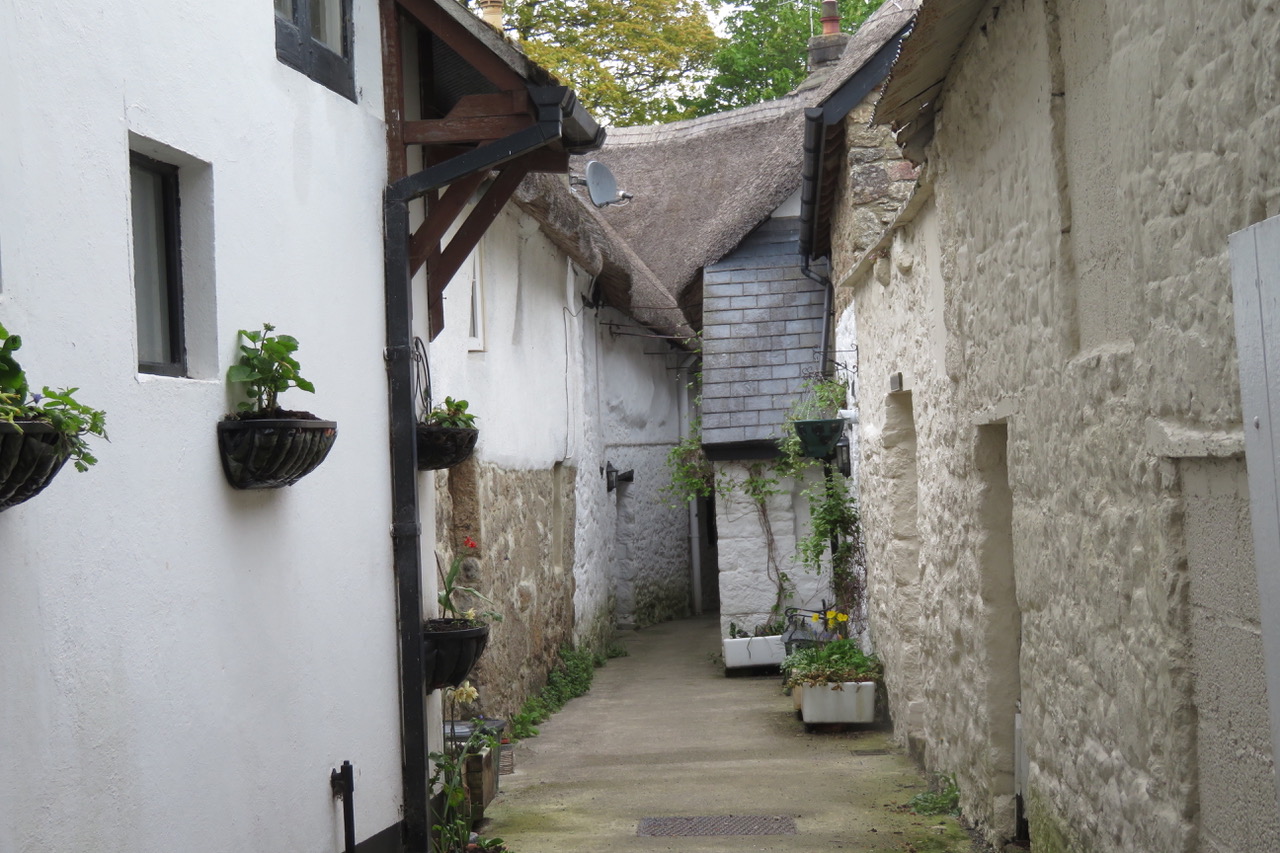
The narrow streets of Chagford's The Drang
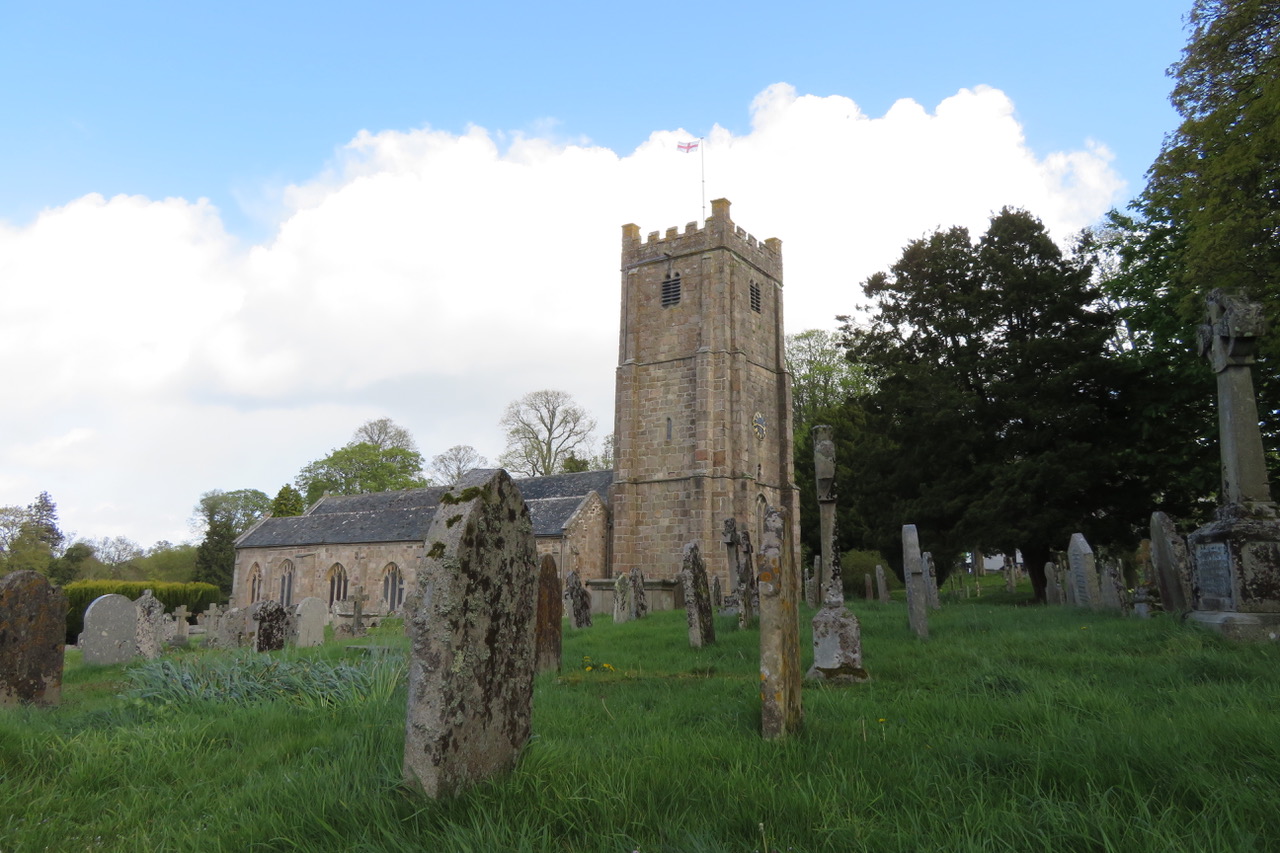
Chagford's Church of St Michael - such a large cemetery for a town so small


